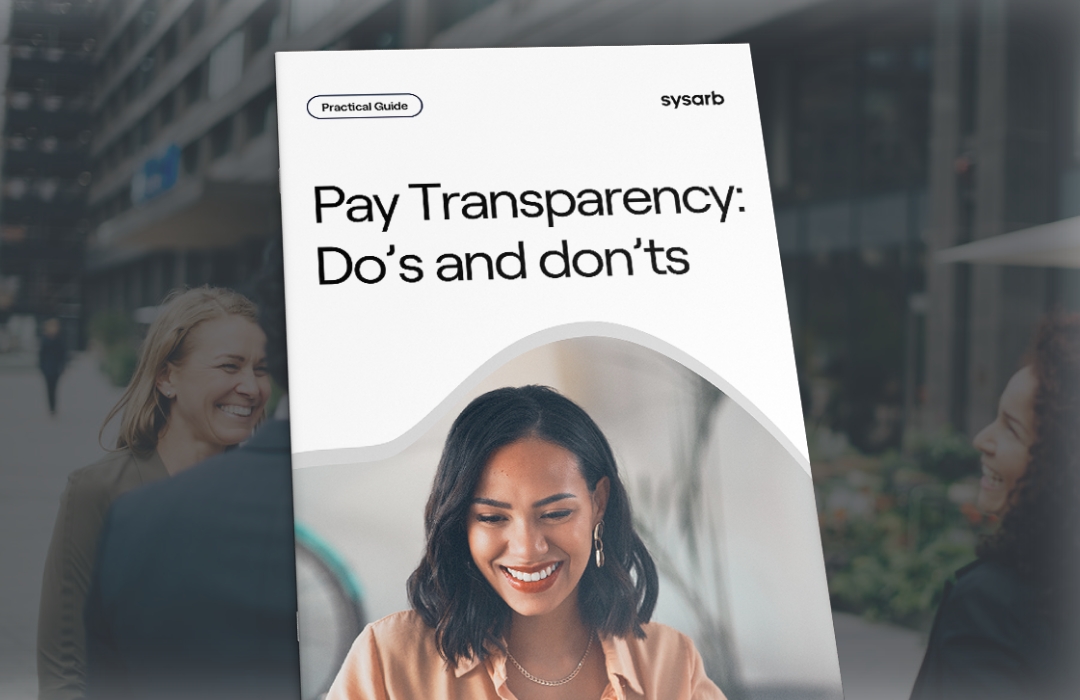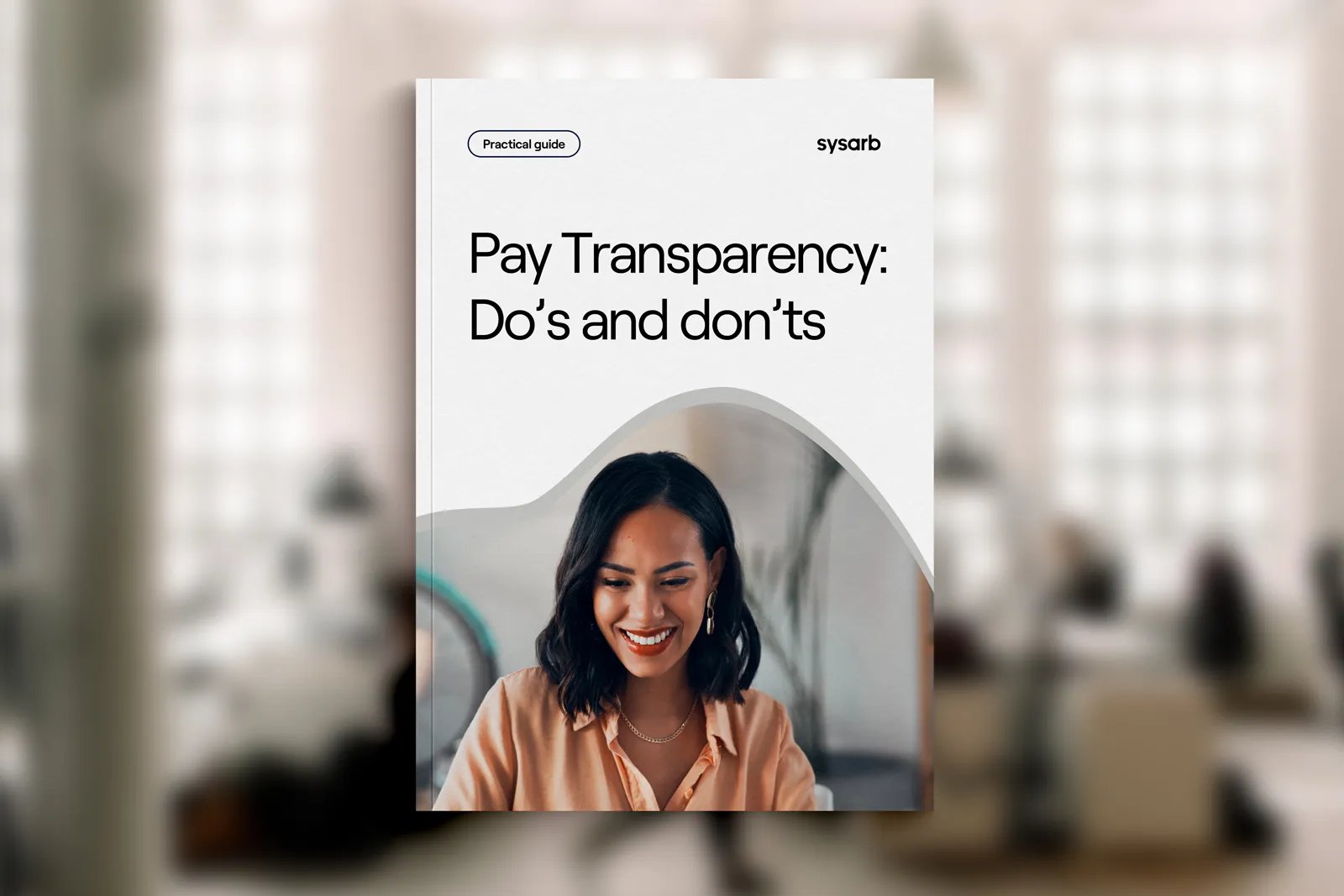
Our world is fast-changing where economy, technology, society, and many other factors can sometimes affect our way of coping with rapid developments. Motherhood, in some considerably ways, has changed if you look throughout the last 100 years. As late as 1949, mothers were considered as the child’s guardian, not just fathers. And in 1974, mothers took out 99,5% of all parental leave days, while fathers took out 0,5%.
Let’s take a closer look at the transformation of motherhood!
The rights of a woman have changed significantly over the year, not least motherhood. Before 1949, only the father was considered the child’s guardian. The majority of the mothers were stay-at-home moms while the fathers were the source of income. The traditional family dynamic has completely changed and that goes for providing as much as anything else. Today, the mother is more independent, more career-oriented and more willing to have children on her own timeline and not of a partner. In 2021, The Center for American Progress reported that nearly 65% of mothers are bringing in half of the family’s income, with 42% of those women are being the primary earner. Despite the progress, equality issues still exist – such as the pay gap based on discriminating grounds.
Parental insurance was introduced for almost 50 years ago. From the beginning, both parents were entitled to the same number of days with parental benefit and days in which could be waived between each other. In 1974, mothers took out 99.5% of all parental benefit days, while fathers took out only 0.5%. In 2016, mothers took out about 75% of the paid parental benefit days, while fathers took out about 25%. By 2020, the mothers' share of the days have dropped to about 70%, while the fathers have increased their withdrawal to about 30%. With that said, the trend towards sharing equal parental leave is progressing yet slowly.
The definition of being a mother is not the same as it was in the past. Before, women were expected to become mothers, take care of the household and look after their children full time. Women were simply defined by their ability to be mothers. In 1950, about 19% were working mothers. In today's modern society, the view of women and mothers has changed and not limited to motherhood. Statistics from 2020 shows that 82% of all mothers worked at the same time as raising a child. If you look at the distribution of parental leave in recent decades, you can see that it is more equal today. In 1974, mothers took 99.5% of parental leave, while fathers took 0.5%. By 2020, the statistics had leveled off more, with mothers taking 70% of parental leave and fathers 30%.
We have a long way to go to achieve gender equality in our society. But if you look back at motherhood in recent decades, we have come a long way. Today, mothers have more freedom to choose their birth plans, parenting methods and how they want to shape their own lives.

